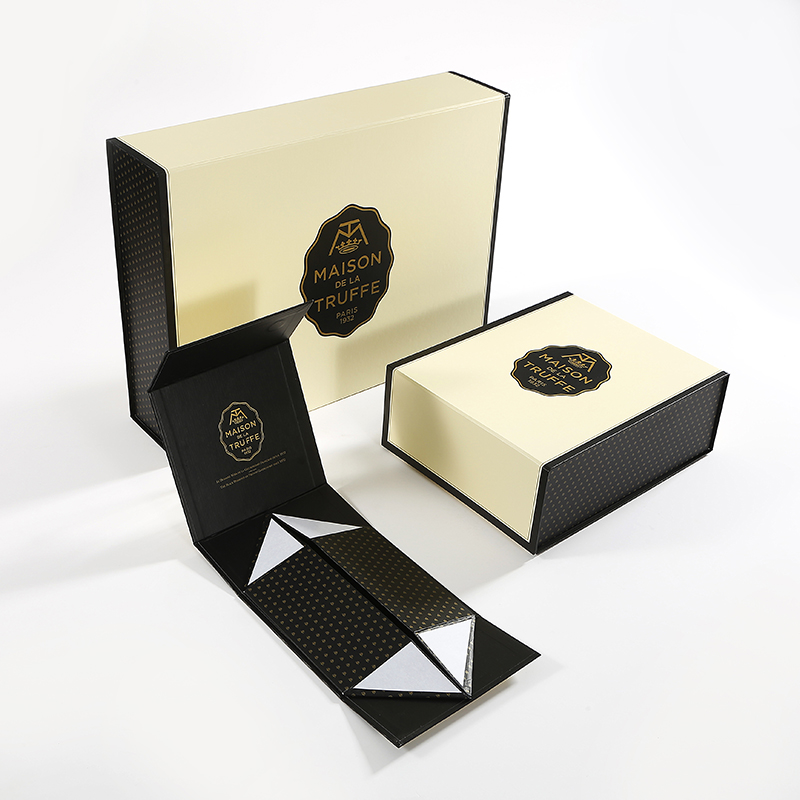Dec. 21, 2022
Offset paper is also called offset printing paper, formerly known as Daolin paper. It is a relatively high-grade printing paper, and it is generally used for offset printing machines for book printing or color printing. Offset paper is divided into single-sided offset paper and double-sided offset paper, and there are super calendered and ordinary calendered.

1. Raw material and performance of offset paper. Offset paper is generally made of bleached wood pulp and an appropriate amount of bamboo pulp. When processing offset paper, it is necessary to add filling and sizing, and some high-grade offset paper also needs surface sizing and calendering. Offset paper uses the principle of water-ink balance when printing, so the paper needs to have good water resistance, dimensional stability and strength. Offset paper is mostly used for color printing. In order for the ink to restore the color tone of the original, it is required to have a certain degree of whiteness and smoothness. Offset paper has small stretchability, uniform ink absorption, good smoothness, tight texture, opaque texture, good whiteness, and strong water resistance. Used for processing and manufacturing thin paper packaging and decoration prints. When printing on offset paper, the paper should not be stacked too high, especially for the printed parts with high smoothness and large amount of ink, it is necessary to prevent the back from getting dirty. Generally, anti-dirty agents, powder spraying or interlining paper are used. Conjunctival offset printing ink and better quality lead printing ink should be selected. The viscosity of the ink should not be too high, otherwise powder removal and fluffing will occur. Offset paper is generally used for printing picture albums, color illustrations, trademarks, covers, ring linings, high-end books and booklets, etc. In recent years, due to the improvement of people's culture and living standards, book materials have also developed to high-end, and more and more books, periodicals, and books are printed on offset paper.
2. Specifications of offset paper. The specifications of the offset paper are the same as the above two papers. For other specifications, please refer to the national standard GB147 "Base Size for Printing, Writing and Drawing". The size error and skewness are not allowed to exceed ±3mm. There are many quantifications of offset paper. According to the proportion of paper pulp, offset paper is divided into three types: special grade, No. 1 and No. 2. There are single-sided and double-sided, and there are two grades of super calendering and ordinary calendering. Paper weights are 50, 60, 70, 80, 90, 100, 120, 150, 180 (g/ m2), of which commonly used double-sided offset paper is 70, 80, 90, 100, 120 (g/ m2), single There are 50, 60, 70, 80 (g/m2) etc. for the offset paper. The offset paper for printing books and periodicals is below 90g/m2, and the cover is about 70-200g/m2. Offset paper has the characteristics of crispness and smoothness, and is easy to bind and process.
① Any method can be used to achieve a good and tidy effect of page collision.
②Any folding machine can achieve good folding effect, especially suitable for high-speed folding.
③ For offset paper books and periodicals, the design should be based on three-fold pages or less (four-fold pages must not be designed). It is best to fold it in half (above 80g/m2) and then set the post, because the offset paper is thick and the weight is large, and there are too many folds in the signature, which is prone to eight-shaped wrinkles or dead folds that are not easy to stretch, resulting in booklets after cutting Uneven incisions and uneven quality of book blocks.
④ When the number of pages or thickness of the bare paper is the same when the iron wire is used to staple the book, the diameter of the iron wire should be increased.
⑤ The viscosity of the adhesive is larger (thicker) than that used for bare paper, because the weight of the offset paper is large, the surface is smooth, and the viscosity is low (thin) and the adhesion is not firm or falls off after sticking.
⑥The hardcover book block of offset paper is not easy to be rounded and ridged, especially when the post is thick. Because the offset paper is slippery, it is easy to expose each signature after being rounded, and the front edge will appear in a ladder shape; when the ridge is raised, the wrinkles in the crease cannot be smoothed due to manual knocking, resulting in defective products.
⑦ Offset paper is used to make books and periodicals, which is generally of higher grade, so the cover material should be better than the book block material, so that the inside and outside of the book match.